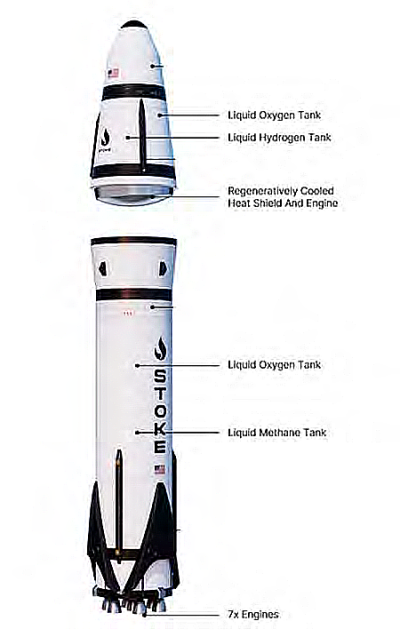China launches first set of satellites for planned internet megaconstellations
China today successfully launched an unknown number of satellites in the first launch of one of its planned internet megaconstellations designed to compete with Starlink, its Long March 5B rocket lifting off from its coastal Wenchang spaceport.
Not revealing the number of satellites launched is probably a violation of the Outer Space Treaty, which requires each signatory to inform others of its launches and at a minimum the number of objects placed in orbit. This constellation, dubbed Guowang, is hoping to launch as many as 13,000 satellites, and that will require some coordination to prevent it from interfering with the constellations launched by others. Not revealing the size of this satellite group makes such coordination impossible.
In a bit of good news, it appears China has solved the problem of its Long March 5B rocket, which in the past had used its core stage to place objects in orbit. After payload deployment that core stage would be in an unstable an orbit that would quickly decay, allowing the stage to crash uncontrolled, thus threatening habitable areas worldwide. The rocket’s new upper stage now takes the payloads into orbit, so the core stage can drop off sooner and fall into the ocean harmlessly.
The leaders in the 2024 launch race:
129 SpaceX
61 China
16 Russia
13 Rocket Lab
American private enterprise still leads the rest of the world combined in successful launches 148 to 93, while SpaceX by itself leads the entire world, including American companies, 129 to 112.
China today successfully launched an unknown number of satellites in the first launch of one of its planned internet megaconstellations designed to compete with Starlink, its Long March 5B rocket lifting off from its coastal Wenchang spaceport.
Not revealing the number of satellites launched is probably a violation of the Outer Space Treaty, which requires each signatory to inform others of its launches and at a minimum the number of objects placed in orbit. This constellation, dubbed Guowang, is hoping to launch as many as 13,000 satellites, and that will require some coordination to prevent it from interfering with the constellations launched by others. Not revealing the size of this satellite group makes such coordination impossible.
In a bit of good news, it appears China has solved the problem of its Long March 5B rocket, which in the past had used its core stage to place objects in orbit. After payload deployment that core stage would be in an unstable an orbit that would quickly decay, allowing the stage to crash uncontrolled, thus threatening habitable areas worldwide. The rocket’s new upper stage now takes the payloads into orbit, so the core stage can drop off sooner and fall into the ocean harmlessly.
The leaders in the 2024 launch race:
129 SpaceX
61 China
16 Russia
13 Rocket Lab
American private enterprise still leads the rest of the world combined in successful launches 148 to 93, while SpaceX by itself leads the entire world, including American companies, 129 to 112.








